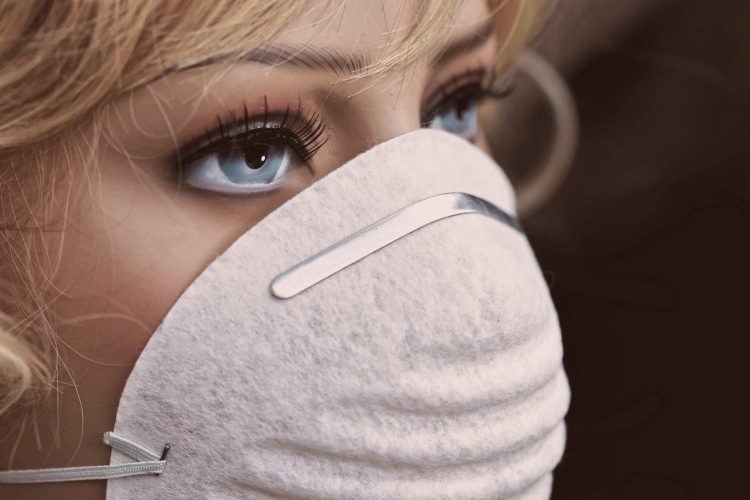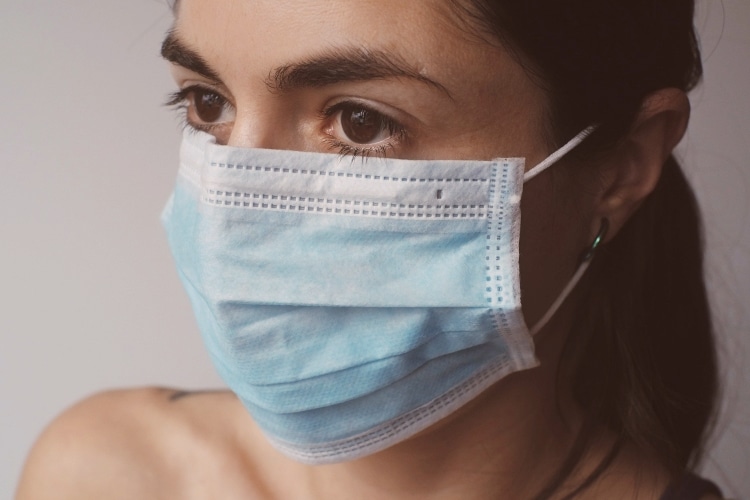
Coronavirus Disease (FAQ) – How It Spreads
Table of Contents
- What is Coronavirus? Where was it developed?
- Can someone who has the Coronavirus spread it to others?
- Can Someone who has been quarantined with Coronavirus (OVID-19) spread the virus to others?
- Can Coronavirus (OVID-19) be spread through food, including refrigerated or frozen food?
- What is a community spread?
What is Coronavirus? Where was it developed?
Coronaviruses are a large family of viruses. Some cause illness in people, and others, such as canine and feline coronaviruses, only infect animals. Rarely, animal coronaviruses that infect animals have emerged to infect people and can spread between people.
This is suspected to have occurred for the virus that causes COVID-19. Middle East Respiratory Syndrome (MERS) and Severe Acute Respiratory Syndrome (SARS) are two other examples of coronaviruses that originated from animals and then spread to people.
Can someone who has the Coronavirus spread it to others?
The virus that causes COVID-19 is spreading from person-to-person. Someone who is actively sick with COVID-19 can spread the illness to others. That is why patients should be isolated either in the hospital or at home (depending on how sick they are) until they are better and no longer pose a risk of infecting others.
How long someone is actively sick can vary so the decision on when to release someone from isolation is made on a case-by-case basis in consultation with doctors, infection prevention and control experts, and public health officials and involves considering specifics of each situation including disease severity, illness signs and symptoms, and results of laboratory testing for that patient.
Doctors decide when it is OK to release someone from isolation according to a case by case basis and includes meeting all of the following requirements:
- The patient is free from fever without the use of fever-reducing medications.
- A patient is no longer showing symptoms, including cough.
- The patient has tested negative on at least two consecutive respiratory specimens collected at least 24 hours apart.
Someone who has been released from isolation is not considered to pose a risk of infection to others.
Can Someone who has been quarantined with Coronavirus (OVID-19) spread the virus to others?
Quarantine means separating a person or group of people who have been exposed to a contagious disease but have not developed illness (symptoms) from others who have not been exposed, in order to prevent the possible spread of that disease. Quarantine is usually established for the incubation period of the communicable disease, which is the span of time during which people have developed the illness after exposure. For COVID-19, the period of quarantine is 14 days from the last date of exposure, because 14 days is the longest incubation period seen for similar coronaviruses. Someone who has been released from COVID-19 quarantine is not considered a risk for spreading the virus to others because they have not developed illness during the incubation period.
Can Coronavirus (OVID-19) be spread through food, including refrigerated or frozen food?
Coronaviruses are generally thought to be spread from person-to-person through respiratory droplets. Currently, there is no evidence to support the transmission of COVID-19 associated with food. Before preparing or eating food it is important to always wash your hands with soap and water for 20 seconds for general food safety. Throughout the day wash your hands after blowing your nose, coughing or sneezing, or going to the bathroom.
It may be possible that a person can get COVID-19 by touching a surface or object that has the virus on it and then touching their own mouth, nose, or possibly their eyes, but this is not thought to be the main way the virus spreads.
In general, because of poor survivability of these coronaviruses on surfaces, there is likely very low risk of spread from food products or packaging that is shipped over a period of days or weeks at ambient, refrigerated, or frozen temperatures.
What is a community spread?
Community spread means people have been infected with the virus in an area, including some who are not sure how or where they became infected.
References
Fever may be subjective or confirmed
Close contact is defined as—
a) being within approximately 6 feet (2 meters) of a COVID-19 case for a prolonged period of time; close contact can occur while caring for, living with, visiting, or sharing a health care waiting for area or room with a COVID-19 case
– or –
b) having direct contact with infectious secretions of a COVID-19 case (e.g., being coughed on)
If such contact occurs while not wearing recommended personal protective equipment or PPE (e.g., gowns, gloves, NIOSH-certified disposable N95 respirator, eye protection), criteria for PUI consideration are met”
See CDC’s updated Interim Healthcare Infection Prevention and Control Recommendations for Persons Under Investigation for 2019 Novel Coronavirus.
Data to inform the definition of close contact are limited. Considerations when assessing close contact include the duration of exposure. For example, longer exposure time likely increases exposure risk and the clinical symptoms of the person with COVID-19 (e.g., coughing likely increases exposure risk as does exposure to a severely ill patient). Special consideration should be given to those exposed in health care settings.






